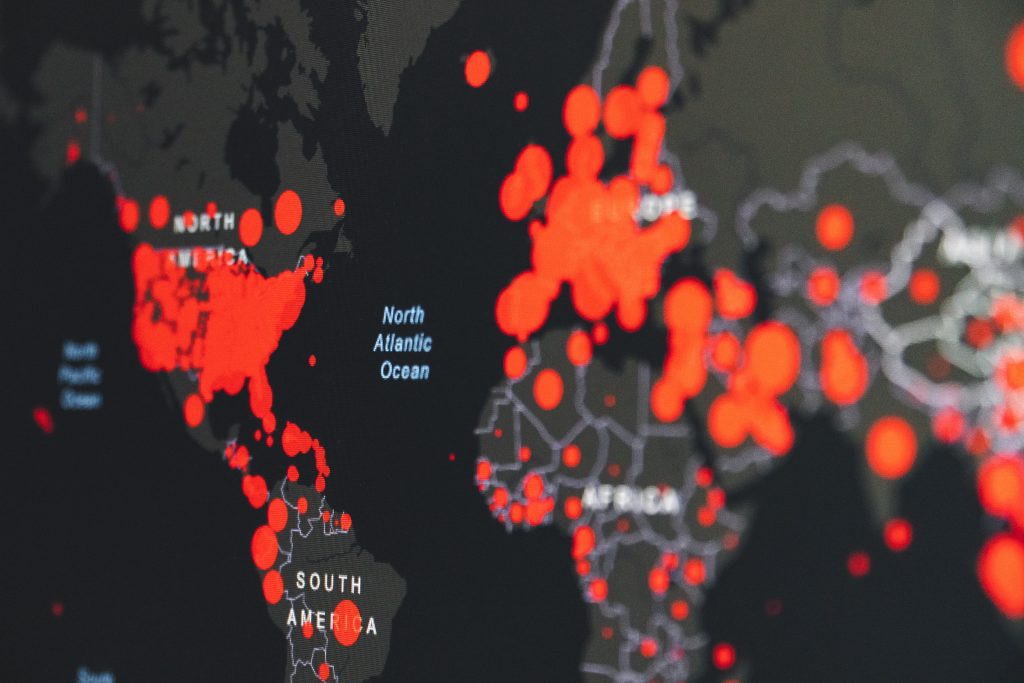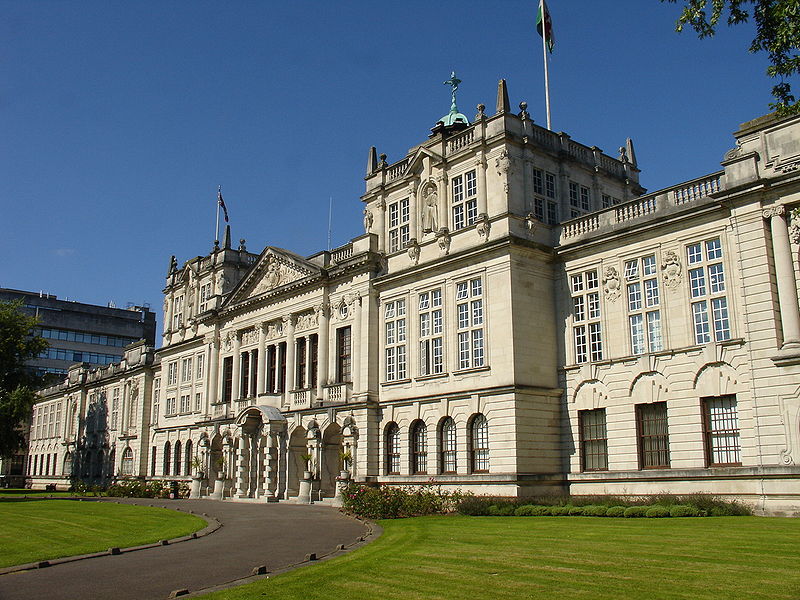Adam Somerset reminds us that human history has often been a story of unknown disease sweeping the globe
History does not teach, but it provides comparison. In comparison it offers solace of a kind. The history of humanity is a history of its illnesses.
Human beings, a migratory species across continents, carried disease with them. The transmissions that took place in previous eras were not as rapid as that of the coronavirus but they were just as complete. Globalisation of the unseeable organisms is centuries old.
The crossing of the Atlantic had a particular lethality to it. Over the hundred years 1650-1750 the population of Europe, with Russia included, rose from 103 million to 144 million. In South America it fell from 12 to 11 million. In Panama alone the death toll was upward of 2 million between 1514 and 1530.
The susceptibility of the Americans to premature death by natural causes was noted almost immediately by the arrivals from Europe. The Spaniards’ first historian, Bartolomé de Las Casas, saw the illnesses as originating in the devil. With no knowledge of selective susceptibility he feared the worst. ‘A mortal pestilence which consumed these peoples’, he wrote, ‘invented by Satan and all his ministers and officials to drag the Spaniards down into hell and all Spain to destruction.’
Seventeen epidemics swept Mexico and Peru between 1520 and 1600. It was the same where the Portuguese ruled. In 1552 respiratory disease broke out around Pernambuco. In the same decade 800 inhabitants of a Mission at Rio de Janeiro died. In 1558 pleurisy and flux swept the coast from Rio to Espirito Santo. In 1558 smallpox arrived in Rio de la Plata and killed tens of thousands. The Portuguese were unscathed.
The transmissions that took place in previous eras were not as rapid as that of the coronavirus but they were just as complete. Globalisation of the unseeable organisms is centuries old.
A German missionary in 1699 wrote: ‘the Indians die so easily that the bare look and smell of a Spaniard causes them to give up the ghost.’ Antonio de Herrera, author of a multi-volume history at the beginning of the seventeenth century, observed that the Americans were aware of the invulnerability of the Spaniards. They kneaded blood into the bread they made for their new masters. Corpses were put into wells to no effect.
Unknown conditions appeared. In 1520 a devastating epidemic hit the Cakchiquel people of Guatamala; its main symptom was unstoppable nosebleeds. The Spanish triumph was helped by the shattering of political structures by disease. Toribio Motolinio wrote that ‘more than one half of the population died…they died in heaps, like bedbugs.’ Montezuma’s nephew Cuitlahuac became Lord of Mexico due to his uncle’s death from smallpox. Peru was an absolute autocracy and Huayna Capac died. Cieza de Leon wrote that the mourning ‘was such that the lamentations and shrieks rose to the skies, causing the birds to fall to the ground.’
Smallpox was the most deadly of the biological arrivals. For an unprotected population the death rate is around thirty percent. When it came to Iceland in 1707, 18,000 died within two years out of a population of 50,000. Before Cortes even arrived in Mexico, smallpox was already raging. Spaniards had been shipwrecked on the coast of Yucatan in 1511. An expedition by Hernandez de Cordoba sailed along the coast in 1517. Its arrival most likely came via Santa Domingo or Cuba. Bishop Diego de Landa was present to write ‘a pestilence seized them, characterised by great pustules, which rotted their bodies with a great stench, so that the limbs fell to pieces in four or five days.’
Where the Spaniards and Portuguese had led the English followed. In 1585 Sir Francis Drake landed at the Cape Verde Islands. His crew picked up a highly contagious fever, most likely typhus and transported it to to the Caribbean and Florida. At St Augustine ‘the wilde people died verie fast and said among themselves, it was the Inglisshe God that made them die so faste’ wrote an observer Thomas Hariot. 1587 was the date of the English colony at Roanoke Island. Long before, fishermen and fur traders had landed on the Atlantic coast of Canada. The result was depopulation. A report by Jesuits in 1616 said that the peoples ‘are astonished and often complain that, since the French mingle with and carry on trade with them, they are dying fast and the population is thinning out.’
In 1616 epidemic swept through New England. Cotton Mather observed that the woods were cleared ‘of those pernicious creatures, to make room for better growth.’ Whatever the disease may have been those of European origin were immune. At the time of the Pilgrim Landing the tribe that inhabited the area of Plymouth Bay was almost completely exterminated by nature.
In Boston Bay it was the same. Those who survived fled so that, as a witness wrote: ‘Carkases ly above the ground without burial… And the bones and skulls upon the several places of their habitations made such a spectacle after my coming into those partes, that, as I travelled in the Forrest, nere the Massachusetts, it seemed to me a new found Golgotha.’ In the far-off north of the Americas Russian traders were the unknowing cause of death for thousands of Aleuts, Eskimos and Tlingits.
The assault of biology continued. At the end of the nineteenth century measles wreaked havoc in Tierra del Fuego. The anopheles mosquito arrived in Brazil from Africa around 1929. Its death toll was 20,000. In this unequal trade only the chigger and trepanoma pallidum passed in the other direction. The second invader grew in England and Wales to be second only to tuberculosis among infectious diseases as a cause of death. But it was a small strike on the part of nature.
The true record was written by an observer from the Maya. He recorded: ‘Great was the stench of the dead…The dogs and vultures devoured the bodies. The mortality was terrible. Your grandfathers died, and with them died the son of the king and his brothers and kinsmen. So it was that we became orphans. All of us were thus. We were born to die!’
All articles published on the welsh agenda are subject to IWA’s disclaimer.





